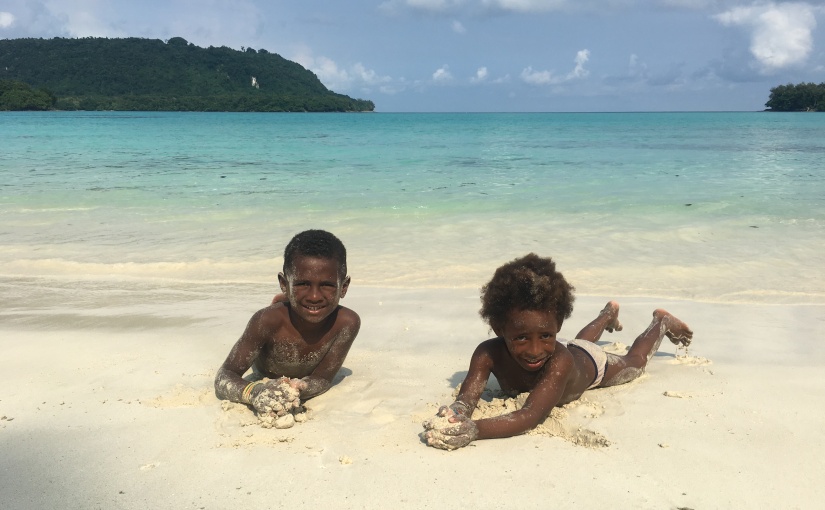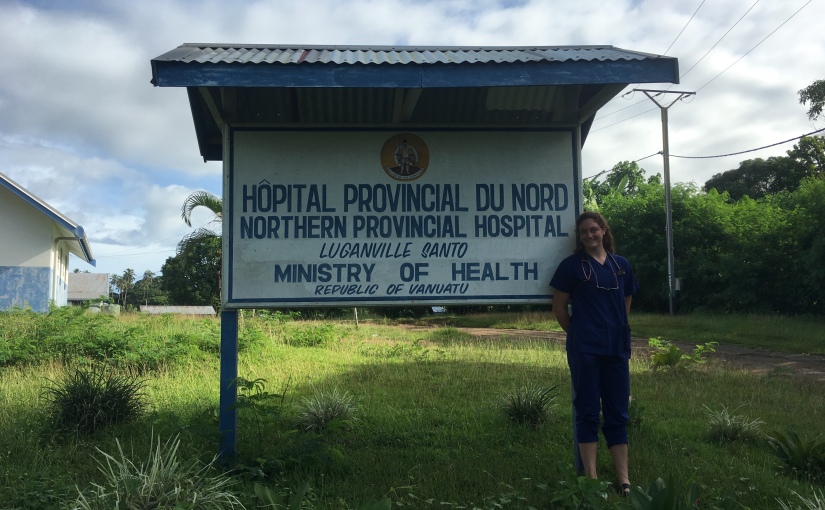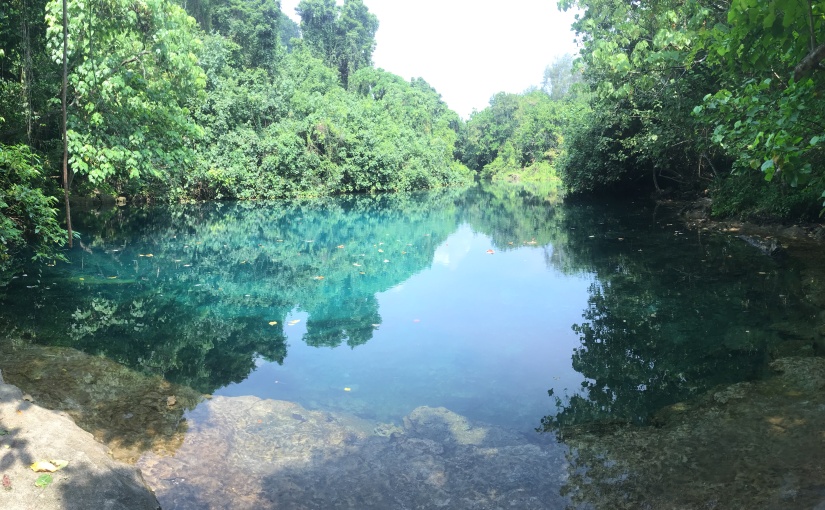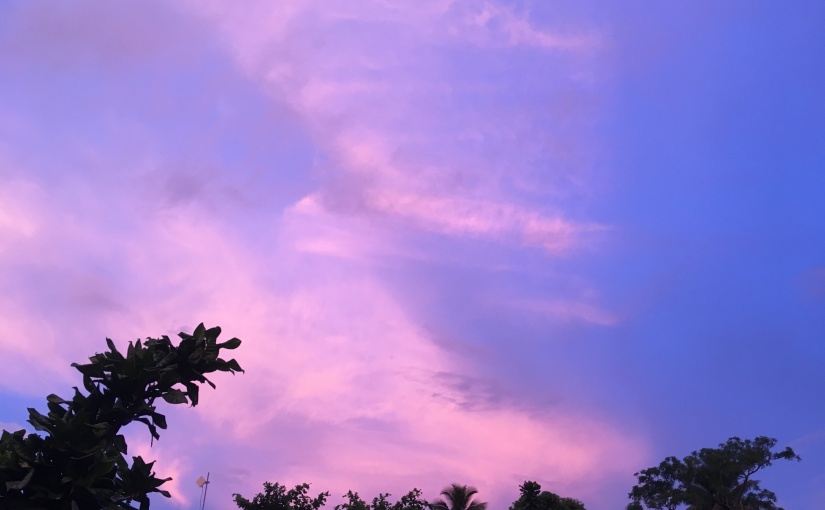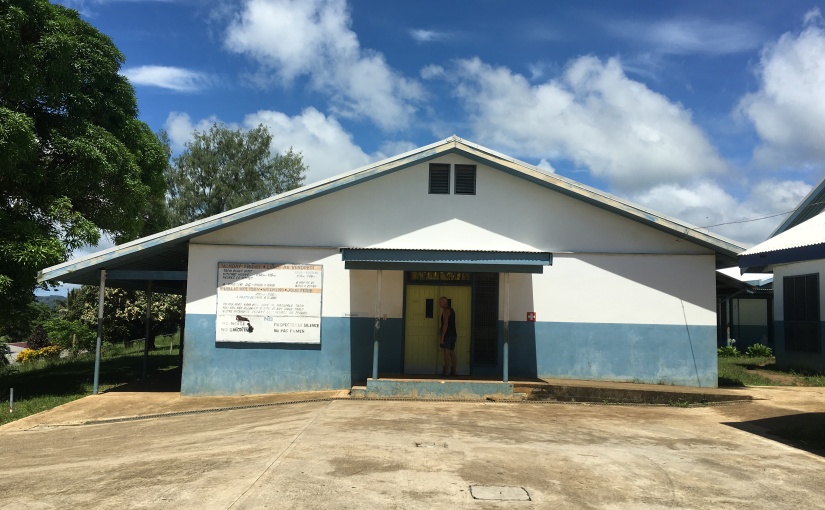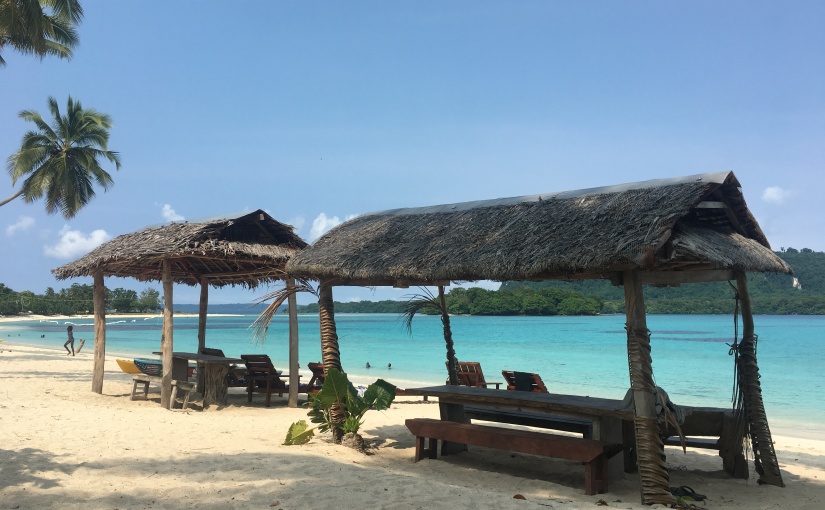Here’s some general information for anyone interested in heading over to Vanuatu for their elective.
BUDGET
Spending not including flights, accommodation or diving was almost $3,000 for myself and Angus together for five weeks – pretty good considering we did every activity we planned to do. It’s definitely doable with the OS-HELP loan.
For those wondering, we got our flights for around $1100 return each though STA Travel. Accommodation was around $770 in total for our unit (with three beds, so can split the cost). Visas are free for most Commonwealth citizens for a max stay of a month. We had to extend ours for our extra three days, costing 6,000 vatu each (around $72). If you need to extend it, bring passport photos or get 6 for about $6 at Aore Art Café, next to immigration. Open water diving course was 48,000vt each (small discount for baby docs) and definitely worth doing.
Would recommend bringing a heap of cash over and exchanging it in Vanuatu – pretty much the same rate at the airport currency exchange/banks here, and no commission. There are ATMs here but there are additional charges to getting money out ($20 with Commonwealth).
MALARIA PROPHYLAXIS
I didn’t see any malaria in Santo, but am glad we had prophylaxis. P. vivax is increasingly common in Vanuatu, and poses a large problem in eradication due to its hepatic stage in the life cycle.
WHAT TO BRING
Hospital attire is casual, mostly I wore scrubs and Birkenstocks. You’ll get sweaty, so bring lightweight fabrics! In general, women have their shoulders and to their knees covered. In saying that, outside of hospital time I didn’t have particularly conservative clothing, I just avoided wearing anything that showed too much skin. Bathers etc are fine at the beach/pool – the locals wear clothes swimming though.
In terms of non-hospital stuff, definitely take at least a litre of sunscreen per person. You can buy aeroguard/toiletries at the shops. Ideal to take a couple of old beach towels, sarong, snorkel/fins, dry bag, own pillow, power board, hand sanitiser, staminade/powerade, lots of recreational activities (podcasts, books, puzzles all good options, as you’ll have hours of downtime when it’s raining). Don’t bring white clothes as they will definitely get stained, and there’s a risk of everything getting a bit gross! Make sure you have a good first aid kit too, gastro-stop/anti-emetics are good as there is a small risk of getting sick. I didn’t get too crook while we were there, and the food/tap water is generally safe, but it’s different and can take a few days to get used to.
From my observations, here’s a list of things that the hospital could do with. This is my own list, not what the hospital has provided me with – just a suggestion of things to consider for future students coming to NPH. Lester can help coordinate. I would definitely get in contact with LINCS/other donation organisation for basic supplies if you can!
- Litmus paper (for NGT insertion)
- NGT stickers/cannula dressings/cannula boards for the special care nursery
- Adhesive removal spray
- Sucrose for neonates
- EMLA for paeds
- Neonatal stethoscopes for the SCN
- 12 lead ECG machine
- Manual/automated blood pressure machines
- Tubigrip/compression stockings
- Portable otoscopes and covers
- POC troponin / blood gas testing (ubiquitous in remote clinics in Australia, not a single one in NPH)
- Alcohol swabs & tuffi wipes
- Butterfly needles
- Blueys
- Vomit bags
- Tourniquets (only a handful of ‘single-use’ ones in the hospital, all quite old)
- Pregnancy wheels
- Hand sanitiser (are bottles of liquid alcohol but they could definitely do with more)
- Gloves (especially if you have small/large hands)
- Adult cannula dressings/cannulation packs
- Dressing packs
- LUSCS dressings
- Textbooks/AMH/other books that may be useful
- Spacer devices
CONTACTING NPH
You can contact any of these, it will all have the same effect! Don’t forget you’ll need to pay ~$400 to secure your spot.
Dr Lawrence Boe (Medical) sere47@gmail.com
Dr Basil Leodoro (Surgical) bleodoro@gmail.com
Lester Dingley (in admin, very organised) ldevans2014@gmail.com
NPH Medical ELectives Brochure
BISLAMA
Some resources passed on to me by Lester;
